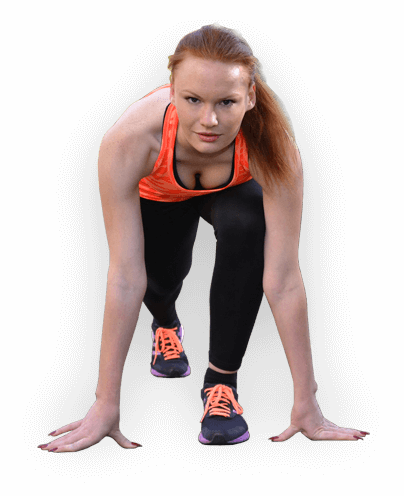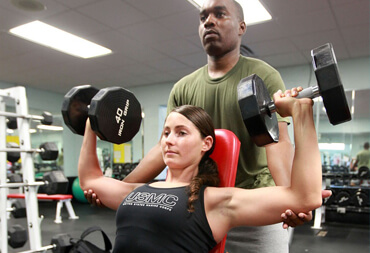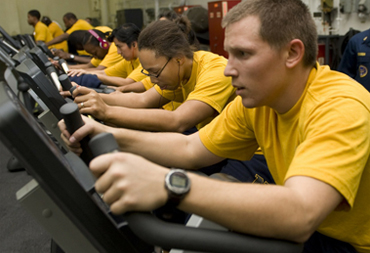
The most important factor in injury assessment is your running history. It provides a context in which your injury formed and potential reasons it has failed to resolve. We look into those factors that have been proven to relate to running injury.
We use the world’s most sophisticated method to measure your movement patterns. This involves three high-speed, infrared cameras measuring the movement of 35 body markers while you walk and run. Thousands of bits of information are then used to create a customized report about your unique biomechanics and how they contribute to your injury.
An important piece to the injury puzzle is a clinical assessment of your body’s capacity to move, it’s alignment, and the location of pain. We have found that most injured runners suffer from atypical patterns of strength, flexibility, and anatomical alignment. Understanding these variables gives us information about the proper treatment for a particular injury.
Individualized Plan Everyone’s running form is unique and therefore the treatment of their injury will also be unique. Combining information from your running history with data from a 3D gait exam and variables from a clinical exam allows us to create the best possible plan for rehabilitation.
The recent COVID-19 pandemic has severely affected businesses and individuals alike. Perhaps one of the more effects of this public health crisis is an…
The plantar fascia is a broad band of connective tissue spanning across the bottom of the arch. It connects to the bottom of the…
Running is the most popular form of exercise. More than 30 million Americans run as a part of their exercise routine. All of us…



Sorry, photo gallery is empty.